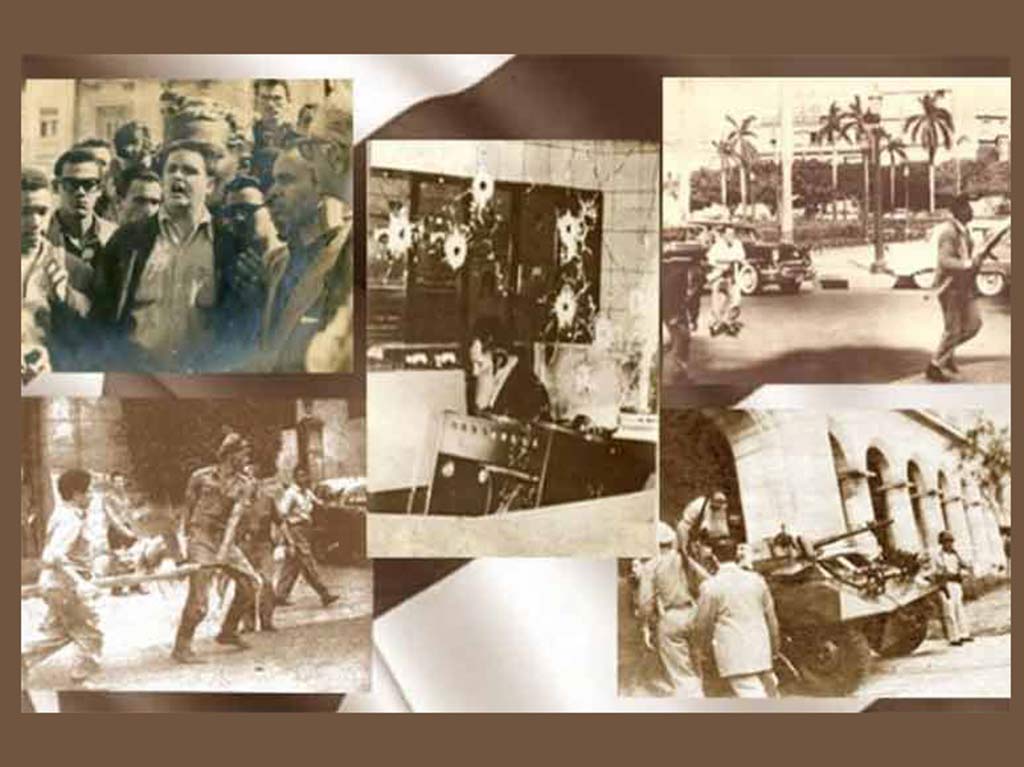Those armed actions were carried out by a group of youth from the Revolutionary Directorate, the armed wing of the Students University Federation (FEU, in Spanish).
The attackers aimed to execute dictator Fulgencio Batista (1952-1958) and call for an insurrection.
Then, the weapons of the Palace garrison would be delivered to the people, who would be summoned by the national news radio station “Radio Reloj” and attack other locations of the city, such as the main police barracks, to occupy its arsenal.
According to historical notes, through this attack on the capital, the young people collaborated with the guerrillas fighting in the Sierra Maestra mountain range in eastern Cuba, commanded by Fidel Castro.
On March 13, 1957, some 50 young people managed to enter the then Presidential Palace amid a heavy battle that caused several casualties among the attackers. Nevertheless, the dictator escaped through an internal staircase annexed to his office.
After taking the national news radio station “Radio Reloj,” 24-year-old student leader José Antonio Echeverría, who commanded the action, went to the University of Havana, where he was intercepted by a police car and was killed.
Although its objective was not achieved, the revolutionary action has great historical importance, as it raised people’s awareness and increased rejection of the Batista regime.
jrr/iff/oda/mpp










